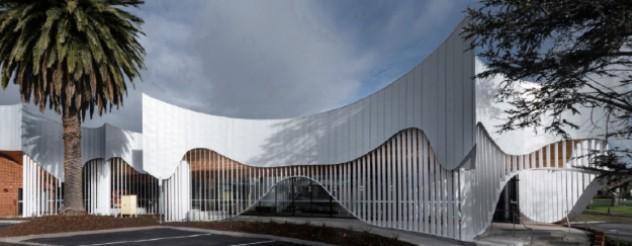
- Home
- News and events
- Designing for everyone: Universal design in action
Designing for everyone: Universal design in action
Universal design is an approach that makes buildings, products or environments accessible to as many people as possible – regardless of age, disability, background or any other factors.
In health infrastructure, universal design means creating spaces that are functional for everyone and that address physical, sensory and cognitive needs.
All of the projects we are delivering embed universal design principles as an underlying requirement. However, we recognise that meeting compliance and minimum standards isn't enough.
That's why we've recently launched a universal design policy. The new policy is a commitment to ensure universal design provisions are included in all of our projects – from planning, design and delivery. It will apply to all Victorian Health Building Authority (VHBA) projects and programs in Victoria, ensuring that we continue to deliver innovative and equitable social infrastructure for all Victorians.
'Our universal design policy is a first for any government authority in Australia. It recognises that human ability is enabled, supported and encouraged by universally designed environments that provide everyone with the opportunity to participate unassisted or with minimal support'.
Robert Fiske, CEO VHBA
Universal design is good design
'Universal design places human diversity at the heart of the design process – so buildings and environments meet the needs of all users'.
Michael Walker, Principal Advisor Universal Design VHBA
Universal design is a human right and is about putting people first. It's about asking what happens when you move from simply accessing a building to experiencing and using the space. It considers physical, sensory and cognitive needs, as well as culture, gender, sexuality and religion.
When a building follows universal design principles, it is accessible, flexible and welcoming to as many people as possible. In simple terms: universal design is good design.
While the concept of universal design emerged primarily with people living with disability in mind, it goes beyond making facilities accessible. As Michael explains, universal design separates itself from accessible design by focusing on the user from the earliest stages of a project – not just at the end stage. This results in the seamless integration of inclusive features that are often invisible and that do not stigmatise users.’
Developing our Universal Design Policy
When we developed our new universal design policy, we didn’t approach it from a building code and compliance perspective.
Instead, we considered what different members of our community need when they access a health service. We asked how the design of a hospital, mental health or aged care facility could cater to:
- a child with autism with extra sensory awareness
- an older person with dementia
- a young person experiencing mental health illness
- a First Nations person admitted for surgery who needs to connect with nature
- a transgender person who needs to use a bathroom
- a staff member needing safety and comfort on their shift.
As part of putting our policy into action, we also revised our tender process by examining and strengthening the language we use.
In the past we asked tenderers to tell us how they might consider universal design. Now, we ask them to tell us the how they will achieve it.
The policy also includes a Universal Design Charter, part of a Victorian Government strategy to increase awareness and knowledge about universal design in the community.
Through our policy, and making changes to our tender process, we’re aiming to promote a culture of inclusion where the principles of universal design are integrated into compliance commitments and requirements at the beginning of every project.
Universal design in action
The Yarram Integrated Community Health Centre and the new 12-bed Creswick Nursing Home – Dementia friendly unit are just two projects we’ve recently delivered that are helping achieve universal design outcomes.
Each facility has taken design cues from its location and the local community. They both aim to acknowledge local traditions, make meaningful connection with landscape and acknowledge that all people need places for respite at times of stress.
These are sophisticated design responses that reflect a diversity of design approach but maintain their commitment to the need for architecture to contribute in a positive way to people’s experience of healing.
Yarram Integrated Community Health Centre
Back in September last year, the Gippsland community celebrated the opening of the $5.38 million Yarram Integrated Healthcare Centre.
The centre brings a range of community health services under one roof, including allied health, community support, general practitioner services, mental health and pathology services.
The new building has achieved a range of outcomes using the principles of universal design.
Designed to be respectful of the existing architectural character of Yarram, the striking front veranda is a nod to the original federation architecture and serves at the main entrance. And the eye-catching roof line provides very clear wayfinding.
'We had a look at old pictures of the hospital, and one thing that stood out was the lovely federation veranda. And that picture became the DNA for what we were trying to do on this project'.
Rob McBride, Director McBride Charles Ryan Architects
Rather than a separate ramp leading to the front door from another direction, a gentle grade ramp offers a subtle alternative to steps and gives all users a choice of entry at the same point.
The large, airy waiting areas are without barriers to movement, which helps support participation by all users and encourage social integration.
The design is the complete opposite to institutions, where materials were concrete and steel, with low lighting, small corridors and low ceilings. Instead, the building features natural materials, an abundance of light, high ceilings, bright and uplifting colours and a strong connection to nature through large windows and green spaces.
To strengthen the connection of the building to the Yarram community, locally sourced materials were also used in construction. Silvertop ash timber from a local Yarram plantation was cut using a process of radial sawing that results in zero timber wastage. Recycled bricks from the existing building were also reused for the east façade of the new centre, connecting the new building with the history of the site.
This new facility melds history and respect for the past into a contemporary facility that locals are proud to have in their community and showcase to visitors. It helps support the construction of the community’s positive self-image and has become part of the community’s identity.
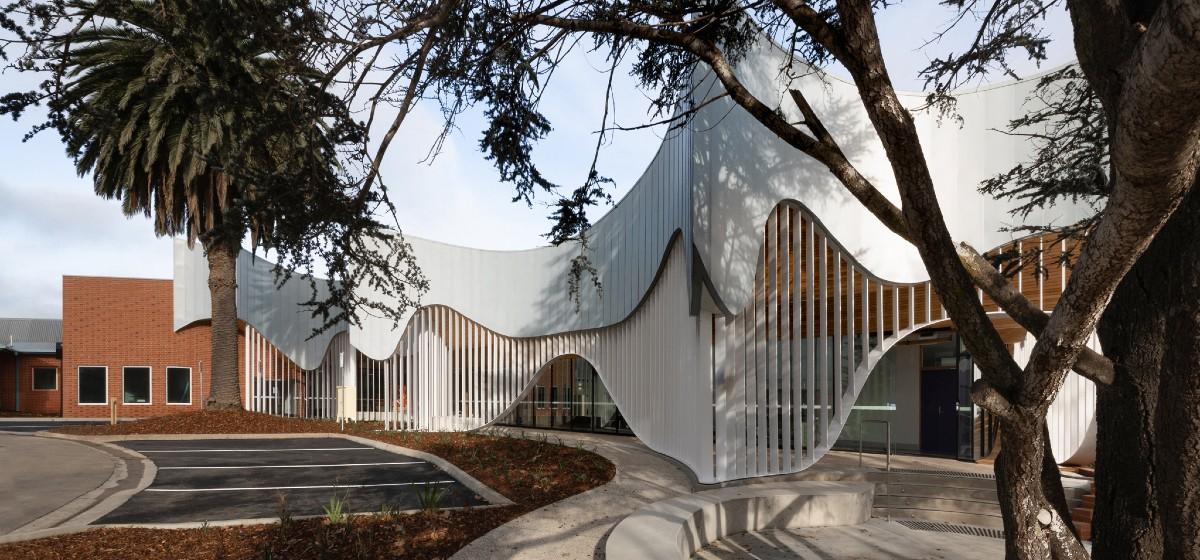
Exterior view of Yarram District Integrated Health Service
Creswick Nursing Home – Dementia friendly unit
Earlier this year, the new $3.2 million dementia friendly unit at Creswick Nursing Home opened. The new 12-bed unit incorporates best practice universal design principles for dementia-specific care.
'We incorporated evidence-based design initiatives in dementia care, but we balanced this against the cultural values of residents and staff. We broke down the formal structure of workshops and meetings into more conversational settings and asked simple but important questions like: 'What makes you happy?' and 'What is home for you?' The answers to these questions then became the brief which we built the project around'.
Richard Blight, Director Blight, Blight & Blight Architects
It features a cluster of rooms around a central courtyard that can be sealed off from the rest of the facility, allowing residents to circulate freely and safely. Large windows provide views to the green surrounds and lots of natural light, ensuring residents can access fresh air and nature.
The large central courtyard provides two generous external seating areas, encouraging residents to spend time outdoors. Established trees are planted for shade and raised wheelchair-accessible garden beds allow residents to garden. The courtyard includes plants that encourage bird life, create pleasant smells and give a sense of seasonal change.
The interiors include familiar domestic features to create a comforting, home-like environment. There are rooms for small groups to promote a sense of extended family.
Residents also have private bedrooms with ensuites, allowing them dignity and independence. The entry to each room has a deep threshold, helping create the feeling of a front door. Residents are also able to personalise their space so they feel at home.
The flexibility and variety of spaces at Creswick provide a rich and complex environment, adaptable to the individual and changing needs of residents.
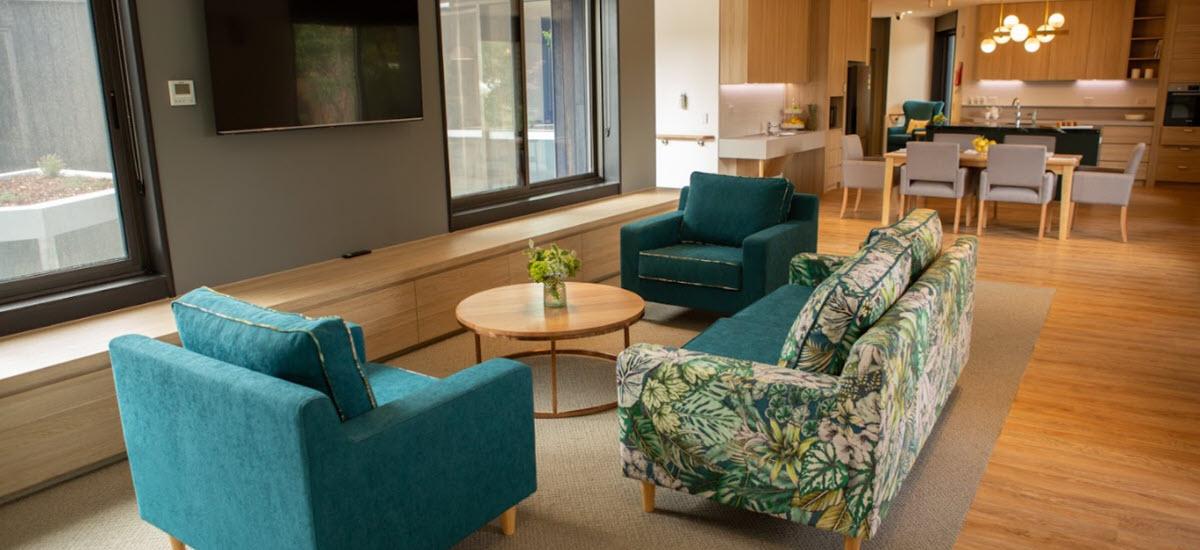
Open plan living space within the new Creswick Nursing Home dementia friendly unit
What’s next?
These are just two of the projects we’ve recently delivered that are helping achieve universal design outcomes.
With our new policy to guide us, we will continue to deliver health infrastructure that recognises and celebrates the diversity of our community – making sure everyone feels safe, welcome and valued.
Subscribe and stay up to date
Stay up to date on all our announcements and upcoming projects by signing up to our e-newsletter, VHBA In Brief.
Related content

07 June 2021
Universal Design Policy
Our universal design policy is a first for any government authority in Australia. It recognises that human ability is enabled, supported and encouraged by universally designed environments t...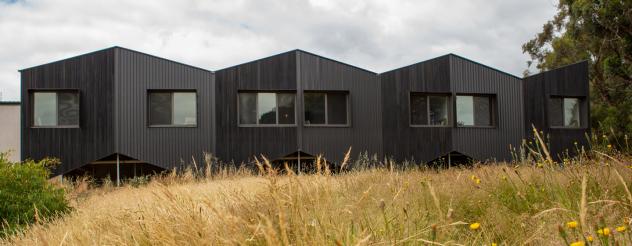
23 March 2021
Creswick Nursing Home – Dementia friendly unit
The new $3.2 million dementia friendly unit at Creswick Nursing Home has opened.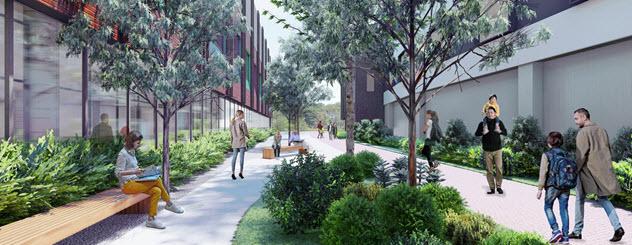
15 January 2024
Designs revealed for Latrobe Regional Hospital expansion
Artist impressions have been revealed for the next stage of the Latrobe Regional Hospital expansion.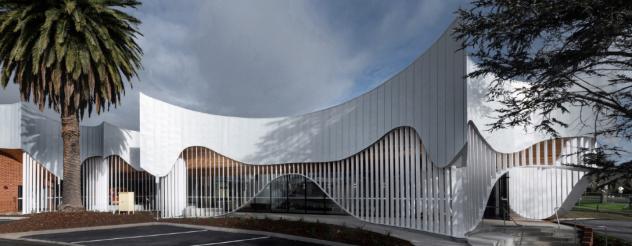
25 March 2021



